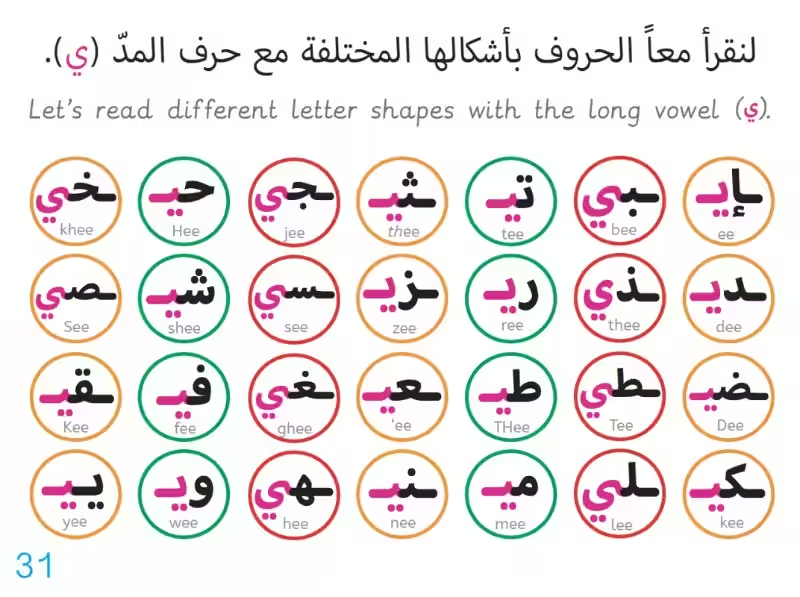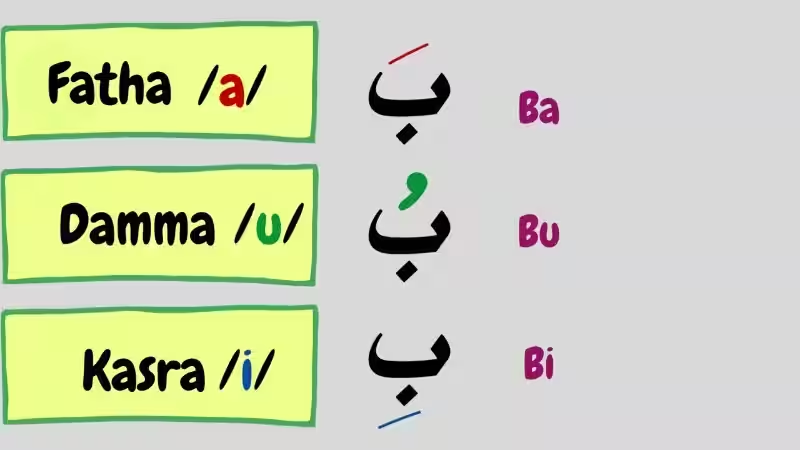
Arabic, a language rich in beauty and history, utilizes a fascinating system of vowels to create nuanced meanings and distinct sounds. Understanding these vowel systems, particularly the intricacies of long vowels, is crucial for fluent reading and clear communication. This article will delve into the world of Arabic long vowels, exploring their phonetic characteristics, their role in shaping words, and the importance of mastering them for effective language learning.
The Essence of Long Vowels in Arabic
Long vowels in Arabic are distinct from short vowels and consonants in their nature. While consonants have specific points of articulation within the mouth, long vowels lack a fixed point. Instead their sound arises from the extended duration of the corresponding short vowel. This prolonged sound is fundamental; it alters the meaning of a word just as a pause in English changes the tone of a sentence. The position of the tongue, lips, and throat, while still influencing the sound, plays a secondary role in the production of long vowels. The key element is the sustained vocalization, doubling the length of a short vowel’s duration. This difference is critical to grasping the subtleties of the Arabic language.
Articulation and the Production of Sound
The production of any sound, be it a consonant or a vowel, requires specific articulatory movements. The position of various parts of the mouth, including the tongue, lips, throat, and nasal cavity, plays a pivotal role. These elements converge to create the unique sounds of each letter. The Arabic language, with its intricate phonetic system, demands precision in articulating these sounds. Understanding how the mouth shapes and modifies these sounds is fundamental to mastering pronunciation. The very fabric of the language rests upon this nuanced articulation.
The Duration of Long Vowels: A Crucial Distinction
A defining characteristic of Arabic long vowels is their extended duration, twice as long as their short vowel counterparts. Imagine the time it takes to open and close your index finger. The duration of a long vowel is approximately equivalent to this action. This difference in duration is crucial for differentiating between words that might otherwise sound similar if the vowels weren’t correctly pronounced. This concept of stretched vocalization is an essential building block in understanding the nuances of Arabic pronunciation. The duration, not just the shape of the sound, is critical.
The Syllable Structure and Vowels
The structure of Arabic syllables follows a specific pattern. A syllable in Arabic typically begins with a consonant followed by a short vowel. Long vowels, in contrast, need a specific combination of short vowel and a unique letter (alif, waw, or yaa). This inherent structure affects the formation and pronunciation of words. This knowledge provides a framework for understanding how vowels and consonants intertwine to build meaning. Understanding this structural relationship allows for more accurate interpretation of the language’s inherent poetic and syntactic qualities.
Arabic Long Vowels: A Detailed Exploration
Understanding the nature of Arabic long vowels is essential for correct pronunciation. These vowels are formed through specific combinations of short vowels and their associated letters. The combination of a short fatha (a), kasra (i), or damma (u), with alif (aa), yaa (ii), or waw (uu), respectively, creates the distinct long vowel sound.
Understanding the Combinations
Consider the following:
- Alif (آ): Combined with a short fatha (a), this creates the long vowel “aa”. Notice the extended sound compared to the short “a”.
- Waw (وو): Combined with a short dammah (u), this creates the long “oo”. This is the equivalent of a prolonged “oo” sound.
- Yaa (يي): Combined with a short kasrah (i), this creates the long “ee”. Think of the extended “ee” sound in the English word “meet.”
This combination is crucial. The short vowel acts as the foundation, providing the initial sound, while the subsequent letter extends its duration.
The Importance of Context and Practice
The precise pronunciation of Arabic long vowels often depends on the context of the word. Different words with similar combinations may have slightly altered vowel durations based on their overall phonetic structure. Consistent practice, attentive listening, and exposure to a variety of Arabic texts are vital for mastering these intricate vowel systems.
Examples of Arabic Words with Long Vowels
- كتاب (Kitaab): Book – Notice the long “aa” sound in the first syllable.
- قلب (Qalb): Heart – The long “a” sound in the first syllable
- مدينة (Madīnah): City – Notice the long “ee” sound in the second syllable.
These examples highlight the importance of accurate vowel pronunciation in conveying the intended meaning. These examples help demonstrate the impact of long vowels on the overall sound and meaning of words.
Mastering Arabic long vowels is an essential step in Arabic language learning. This involves understanding their specific combinations, their extended duration, and their impact on word meanings. Consistent practice reading and listening to Arabic texts with long vowels will significantly enhance your understanding and pronunciation skills in Arabic. By meticulously understanding these intricacies, you’ll unlock a deeper appreciation for the beauty and richness of the Arabic language.
Arabic Long Vowels: Frequently Asked Questions
This FAQ section addresses common questions about long vowels in Arabic, focusing on their pronunciation, articulation, and role in the language.
What are long vowels in Arabic?
Long vowels in Arabic are distinct from short vowels in that they extend the sound of the corresponding short vowel by a factor of two. They are represented by the letters أ (Alif), ي (Ya), and و (Waw). These letters are combined with short vowels (Fatha, Kasra, and Damma) to create long vowel sounds.
How are long vowels different from short vowels?
Short vowels (Fatha, Kasra, and Damma) are diacritical marks placed above or below consonants. Long vowels are represented by separate letters (Alif, Ya, and Waw) and have a significantly longer duration than their corresponding short vowel counterparts. This difference in duration is key to distinguishing words with similar consonant structures.
What is the relationship between long vowels and short vowels?
Long vowels are formed by combining a short vowel with the letters Alif, Ya, or Waw. Without this combination with a short vowel, these letters are consonants. For example, the letter ‘Alif’ (أ) by itself is a consonant, but when combined with a short vowel (Fatha, as in أَ), it becomes a long vowel sound.
Why are long vowels important in Arabic pronunciation?
Long vowels are crucial for accurate pronunciation and understanding in Arabic. They distinguish words with similar consonant structures, altering meaning and grammatical function. Incorrect pronunciation of long vowels can lead to miscommunication and a misunderstanding of the intended meaning.
How long should a long vowel be pronounced?
A long vowel should be pronounced roughly twice as long as its corresponding short vowel. Imagine opening and closing your index finger twice as slowly as you normally would to get a sense of the duration.
Are there any special symbols for long vowels?
Yes, there’s a special symbol called Madda (ـَ) used to represent the long vowel “aa” (Alif). This is used instead of writing two alifs in a row.
How do long vowels affect the structure of syllables?
Arabic syllables typically begin with a consonant followed by a short vowel. Long vowels cannot start a syllable on their own.
Are there any exceptions to the rules for long vowels?
While the fundamental rules for long vowels are consistent, there may be exceptions based on specific Arabic dialects or writing traditions. Consulting with a native speaker or a reliable Arabic language resource is recommended for clarification.
Where can I learn more about Arabic vowels?
Numerous resources are available online and in print, including textbooks, language learning apps, and online tutorials. You can also find helpful resources from language learning communities and native Arabic speakers.








